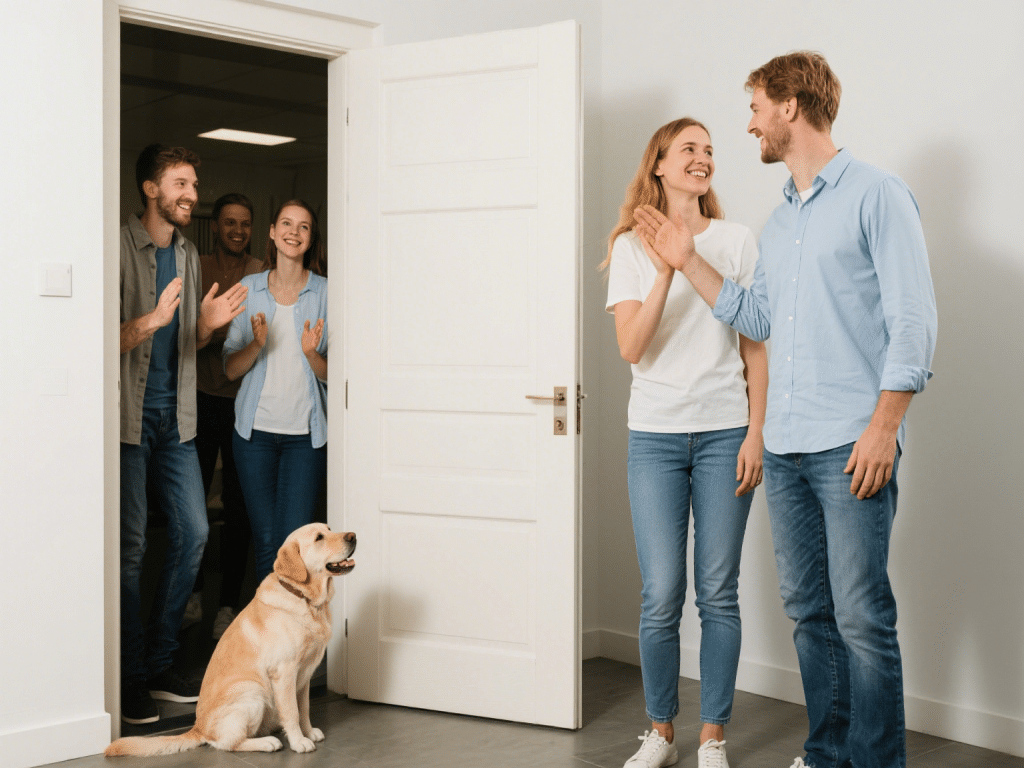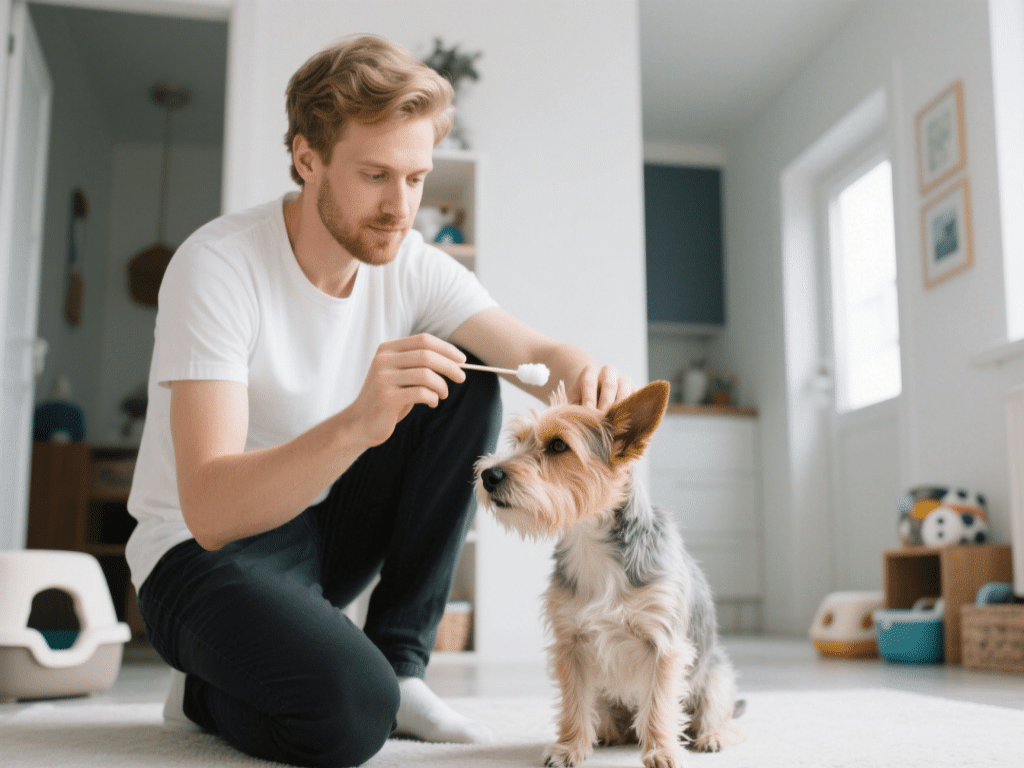Strategies for Preventing Dog Leash Reactivity on Walks
Leash reactivity is a common behavioral issue where dogs overreact—by barking, lunging, or growling—when they see other dogs, people, or triggers while on a leash. It’s frustrating, stressful, and can feel limiting for dog owners. Fortunately, with consistent training and a few key techniques, you can manage and even prevent leash reactivity.
What Is Leash Reactivity?
Unlike off-leash aggression, leash reactivity is usually caused by a combination of:
Frustration from being restrained
Fear or anxiety about other dogs or stimuli
Lack of proper socialization
Learned behavior from repeated negative experiences
Your dog may not be aggressive—they just don’t know how to cope.
Signs of Leash Reactivity
Staring intensely or freezing
Barking, growling, or lunging
Pulling or spinning at the end of the leash
Pacing, whining, or tail tucked
Strategies to Prevent and Reduce Leash Reactivity
1. Understand Your Dog’s Triggers
Keep a journal of when your dog reacts—note the environment, distance, type of trigger, and your response. This helps you anticipate and plan.
2. Use Distance to Your Advantage
Every dog has a threshold—the distance at which they begin to react. Stay far enough from triggers where your dog notices but doesn’t react. Reward calm behavior and slowly decrease the distance over time.
3. Practice the “Look at That” Game
This desensitization technique teaches your dog to calmly acknowledge a trigger:
When your dog looks at the trigger without reacting, immediately say “Yes!” and reward with a treat.
Over time, your dog will associate triggers with positive outcomes.
4. Teach a Reliable U-Turn or “Let’s Go” Cue
A quick escape tool for crowded areas:
Practice U-turns in a distraction-free space.
Reward your dog for smoothly following your lead when you say the cue and turn away.
5. Avoid Tension in the Leash
A tight leash adds pressure and can increase frustration. Keep the leash loose and your body language relaxed to signal safety.
6. Use the Right Gear
A front-clip harness gives better control without choking.
Avoid retractable leashes—they don’t offer consistency or safety.
7. Reward Calm, Focused Behavior
Carry high-value treats. When your dog walks calmly, checks in with you, or ignores a trigger, reinforce it. This rewires their response.
8. Control the Environment
Walk during off-peak hours or use quiet neighborhoods. Avoid overwhelming environments until your dog is better equipped.
9. Work with a Positive Reinforcement Trainer
If reactivity is severe, a certified trainer or behaviorist can create a customized desensitization plan and guide your progress.
Final Thoughts
Leash reactivity isn’t a sign of a bad dog—it’s a communication issue rooted in emotion. With patience, consistency, and the right techniques, you can help your dog build confidence and enjoy peaceful walks again.






Comments on "Strategies for Preventing Dog Leash Reactivity on Walks" :